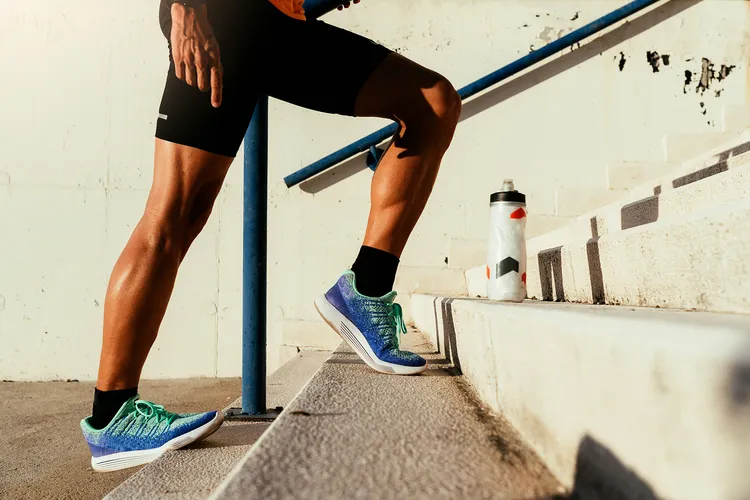If you’ve ever gotten to a baseball game well before it started, you may have seen the players doing all sorts of leg stretches in the outfield. But you don’t have to be an athlete to stretch your leg muscles, or benefit from doing so. The benefits are many, and include:
- Overall improved fitness
- Enhanced ability to be more skillful at a particular sport
- Increased relaxation
- Reduced risk of injury
- Reduced soreness
- Increased flexibility
Types of Stretching
But before you start a routine, it’s helpful to know that there are several types of stretches, or flexibility exercises, like:
Static stretching. This is the most common. It’s done by extending the muscle as far as you comfortably can and holding the stretch for up to 30 seconds. There are two types of static stretches:
- Active: You pull, or push, on the muscle to increase the intensity of the stretch.
- Passive: Someone else applies force to the muscle, or you use something like a towel or elastic band to increase the intensity.
Dynamic stretching. This involves moving continuously to imitate a portion of the sport or exercise that you perform. For example, if you’re a runner, you could take slow strides in which you raise your knees to your chest and pump your arms slowly.
Ballistic stretching. This type uses repeated bouncing movements, like dropping down into a crouch and then springing straight up into the air by pushing off on the balls of your feet repeatedly. This helps stretch your calf muscles. These normally switch between low speed and high speed. Doctors recommend you do static stretching before moving to ballistic stretches.
Active isolated stretching. You do this for only 2 seconds at a time, but for several repetitions. At each interval, you should try to increase the degree of stretching by just a little bit.
Myofascial release. This is often done with the assistance of a hard foam roller. For example, you can sit on one so that the underside of your thigh, or your hamstring, is resting on the foam roller. Then you slowly roll back and forth over the roller, which helps relieve tension and improves flexibility in the muscle. While rolling you should cover 2 to 6 inches of your leg, for 30 to 60 seconds. If you’ve never used a foam roller before, have a trainer show you the right way to do it. There are also different yoga poses that can do the same thing for you..

